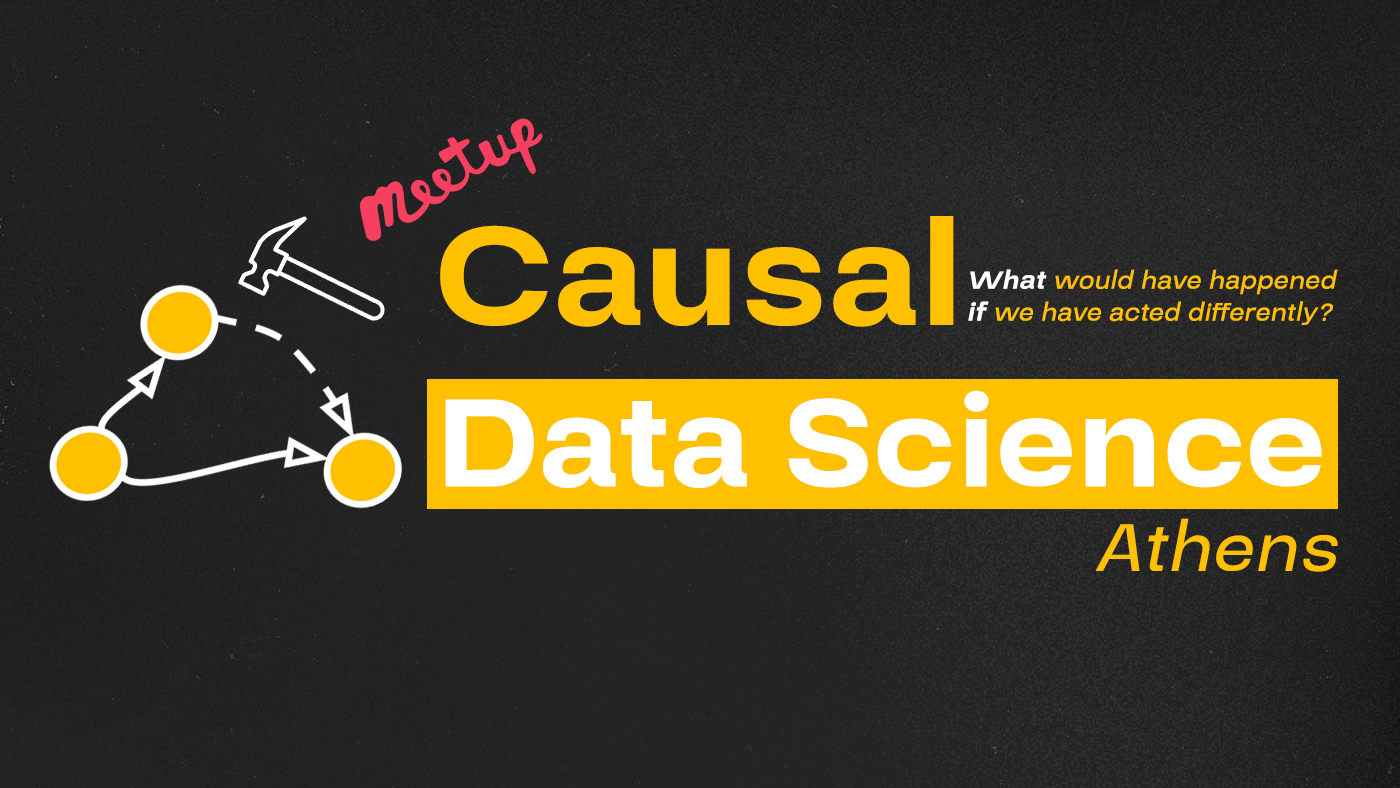Causal machine learning for sustainable decision-making in agriculture
There are big changes coming for agriculture in Europe. The Common Agricultural Policy (CAP) that applies to all member-states was recently revamped, and its new measures come into force in 2023, to last until 2027.
This comes at a time of soaring inflation and increased food crisis hazard, not to mention growing demand for agricultural products and complications from extreme climatic events.
To what concerns the policy measures, the EU seems to have learned from past mistakes1 and is now adopting smarter options. This is what the new CAP promises:

This is to be contrasted with past measures that were applied horizontally, and frequently fell short.2
What can AI bring to the table?
From the AI perspective, the new CAP has a Personalization issue to solve. It is unrealistic to expect that the same policy measure, e.g. farmers having to diversify the crops they grow, will work equally well over agricultural areas that differ along multiple dimensions. It is clear that decision-making on policy measures should be local, taking into account the relevant specificities, ideally on a parcel-level.
This is where causal inference and machine learning, coupled with the right data, can help.
Enter CATEs
For a farmer, to implement a policy measure is to intervene on land. In return, the intervention is done to achieve a certain sustainable goal, such as to increase the sequestration of soil organic carbon and thus mitigate climate change. In other words, interventions are done in order to get a desired result, by driving (causing) an outcome metric of interest. Of course, the particular characteristics of each piece of land such as climate, soil, land use will influence the effect magnitude.
In the Potential Outcomes terminology, we want to learn the following function from data:
\[\theta (x) = E[Y(1) - Y(0) | X = x]\]where \(Y(1) \equiv Y(T=1)\) and \(Y(0) \equiv Y(T=0)\) are the potential value of the outcome metric \(Y\) if an intervention is carried out in a unit \((T=1)\) or not \((T=0)\). The expectation is taken over all units, and it is conditional on \(X\), essentially a feature vector containing all relevant unit characteristics. This is a Conditional Average Treatment Effect (CATE).
Outlook
If we can learn this from data sufficiently well, we have at our disposal a truly powerful data-driven tool for decision-making: having a good estimate of the effect of alternative CAP policy measures for a particular parcel, we may simply assign the most effective intervention and call it a day.
This is a hard but very important problem to solve, and CATEs are being studied in various fields, such as personalized medicine, e-commerce and others.
At the National Observatory of Athens, we are leveraging big Earth Observation data to obtain the information needed for such a problem. Satellite images, weather models, land use, and other high-resolution geospatial data are used, paired with Computer Vision and ML methods to extract information from them and feed our analysis. Expect updates!




